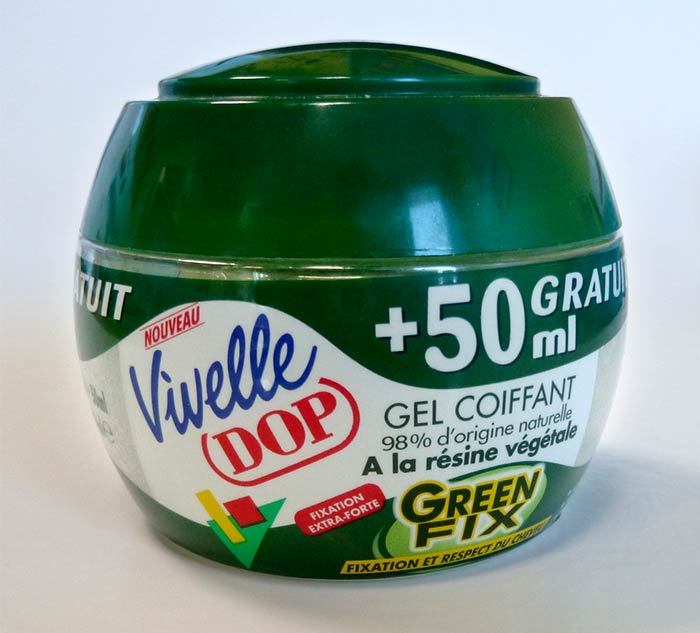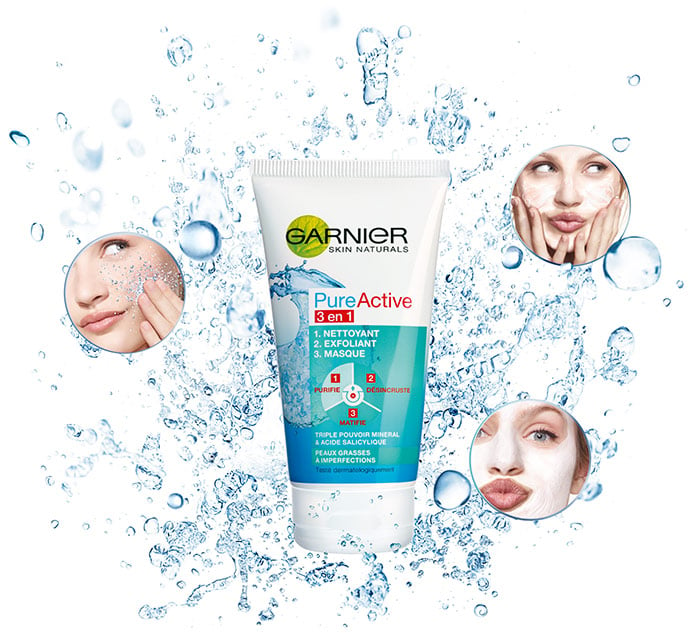Seaweed: L’Oréal’s Answer to Sustainability
Where can you find seaweed in your home? The kitchen, the medicine cabinet, and yes, even your cosmetics bag—all because of carrageenans.
January 01, 2015
From the shores of Southern Indonesia, Africa, South America and Canada, farmers head out on boats for the same crop: seaweed. Its seedstock is harvested and dried on land, then processed to extract carrageenans, tiny molecular structures that lend texturizing properties to many different kinds of products.
Featuring polysaccharides that bond well to food proteins, carrageenans are most commonly used in the food industry, creating body and mouthfeel in decadent desserts and lending stable texture to meats and cheeses.
But perhaps less expected is seaweed’s role in the beauty realm. The renewable, naturally-derived ingredient is an appealing answer to the evolving, eco-conscious preferences of cosmetics consumers.
Between 2005 and 2010, studies show that the personal care market grew by nearly 5% each year—a figure that has only continued to increase. Simultaneously, demand for sustainable products has soared, inspiring beauty brands to incorporate new biotechnologies (such as carrageenans), which were once reserved for food science.
“The food industry has developed a lot of interesting technologies and ingredients—different textures and formulations,” explains Laurent Gilbert, Director of International Development, Advanced Research, at L’Oréal, the world leader in beauty. “For us, working with a food company is a clear positive.”
Encompassing dozens of beauty brands with €23 billion in sales across 130 countries, L’Oréal is renowned for its extensive research and development efforts, which give way to some of the most innovative products on store shelves. More than a decade ago, the company’s pursuit of sustainable ingredients led them to Cargill. Collaboration between the two like-minded companies was an obvious fit, and today, Cargill consistently provides a variety of wild seaweed carrageenans to L’Oréal.
“We believe sustainability is the key to the future.”
— Laurent Gilbert, L’Oréal
Cargill conducted studies and attained a patent to demonstrate that carrageenan can advantageously replace some synthetic polymers in specific formulations, such as hair care products. In 2010, L’Oréal launched a hair styling product with Cargill’s wild seaweed extract carrageenan, providing the cream an enhanced texture.
 [image caption] The world’s number-one cosmetics company, L’Oréal plans to continue its 10-year partnership with Cargill to develop more sustainable products.
[image caption] The world’s number-one cosmetics company, L’Oréal plans to continue its 10-year partnership with Cargill to develop more sustainable products.
The world’s number-one cosmetics company, L’Oréal plans to continue its 10-year partnership with Cargill to develop more sustainable products.
The success has secured future collaborations as well. “We have had contacts with Cargill for more than 10 years, but it has intensified in the past five years,” says Gilbert. “Along with superior performance, we want continuity in the relationship. We need to build for the long term because developing personal care products is a long-term project.”
Over the last few years, wild seaweed has suffered from quality issues and limited availability. In order to ensure a sustainable supply to L’Oréal, Cargill is supporting projects that shift farming efforts from wild seaweed to cultivated seaweed. By the end of 2015, Cargill intends to complete this transition for L’Oréal’s Garnier® brand.
 [image caption] L’Oréal’s Garnier® PureActive skin care products contain sustainably supplied seaweed extract from Cargill.
[image caption] L’Oréal’s Garnier® PureActive skin care products contain sustainably supplied seaweed extract from Cargill.
As more brands increase their use of sustainable ingredients, Cargill’s approach to seaweed harvesting—both in farms and in the wild—continues to adapt. “The demand for natural personal care products is part of a larger societal transformation,” explains Marie-Laure Roumiguière, Pharma & Personal Care Category Manager at Cargill. “We are doing ongoing work with manufacturers to replace synthetic polymers with natural ones.”
Because seaweeds growing in different environmental conditions have different properties, Cargill is actively diversifying the species it sources and the territories where it harvests. The strategy not only ensures a broader variety of texturizing capabilities, but promises market growth as consumer demand rises. With more farmers working in more maritime locations, the company can more efficiently source, supply, develop and deliver seaweed-based products to customers around the globe.
